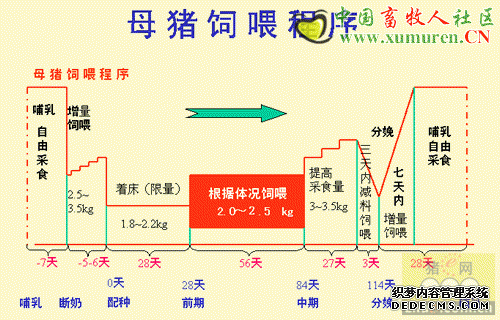By Nick Bird for FarmEx - A factor that is usually little considered in the cost of electricity is "cable loss". All electrical cables have electrical resistance, albeit it small. This means that a small amount of power is lost between one end of the cable and the other. The power is lost as heat in the cables.
Power loss costs energy. Energy costs money. So power loss in the cables costs money.Who pays?
As an electricity customer, you pay for what goes through your meter. (You might also pay forpeak demand, or for when you take the power, but mostly, it is how much power in total.) So,if there are any losses before your meter, you don't pay, it's the electricity supplier's problem.
In much the same way, if you are on a water meter, you don't pay for water leaks out in theroad (not directly anyway). That's the water board's loss. But you do pay for any leaks on yourside of the meter. You pay for cable losses in your own wiring.
In small installations such as houses, shops and small factories, cable runs between thesupply and the appliances or "electrical loads" are short, so cable losses are usually small.But in large factories and - especially - farms, electrical loads may be hundreds of metresaway from the incoming supply and electricity meter. Power losses can be quite significant.
Producers tend not to realise that they are paying for this twice. Firstly, voltage drop meansthat equipment works less well. Fans don't give as much throughput, and luminaires don'tgive as much light. But secondly, they are paying for the loss in the cable as well in higherelectricity bills.
The following table gives the cost of providing 1000 units of energy (kWh) into a load at theend of cables of various sizes that have varying degrees of voltage drop.
Drop in cables Volts dropTo deliver 1000kWhExtra Cost0.0%0?0.000.0%0.5%1.2?0.501.0%1.0%2.4?1.002.0%2.5%6.0?2.605.2%5.0%12.0?5.4010.8%10.0%24.0?1.7023.5%
For example, if there is 2.5% voltage drop (6V loss from a 240V supply) as compared to a 1%voltage drop, then the electricity bill is ?.10 higher. That ?.10 of electricity - 4% of the bill - is just wasted in the cable.
The reason that extra cost is greater than voltage drop is that voltage drop is proportional toload, but power loss is proportional to the square of the voltage drop.
Wiring regulations permit up to 2.5% voltage drop within an installation - 6 volts. However,many pig farms have far higher voltage drop, mainly because they have been added to andmodified over the years. 5% voltage drop is common, and 10% (at maximum load) is notunheard of. At 10% volt drop, a whopping ?1.70 is wasted in the cables.
With some types of load, there is reduced performance, but not necessarily an increase incost. For example, if you have a nominal 1000W of lighting and there is a 5V drop, you stilluse about 1000W, but you get less light for your money.
However, with electrical loads that "do a job" - where it takes a certain amount of energydelivered into the load - there is a significant effect.For example, to boil a kettle (raise a certain amount of water to boiling point) takes so manyjoules of heating. If the power level at the load is reduced (because it is lost in the cables),then it takes longer to deliver that many joules of heat into the water.With a 1% voltage drop it will take 2% longer; with a 2.5% drop it will take 5% longer. (With akettle, it's slightly worse than that, because the kettle is also losing heat.)
Checking voltage drop
Unless you know your volt drop, you really don't know whether this is an issue you should payattention to or not.This is surprisingly rarely done, but it's very easy to do. It takes only a few minutes and needsjust a cheap digital voltmeter.
First check out the main layout of the supply wiring. There may be several main supply cablesrunning from the main incoming supply and individual buildings or groups of buildings. It's thevoltage drop in each main wiring spur you are interested in.
On that main spur, turn everything on - or as much as is reasonably likely to be on at the same time. If you have automatic controls, set them so that the loads are switched on and running.
Measure the voltage close to the incoming supply, such as at a 13amp socket near the incoming supply meter.Now measure the voltage at the end of the spur - such as a socket in the furthestbuilding. It's the difference in voltage you are interested in. See table on previous page.Now return all your controls and settings to normal!
声明
来源:互联网
本文地址:http://farm.00-net.com/yz/zhu/5/2007-09-20/142446.html








